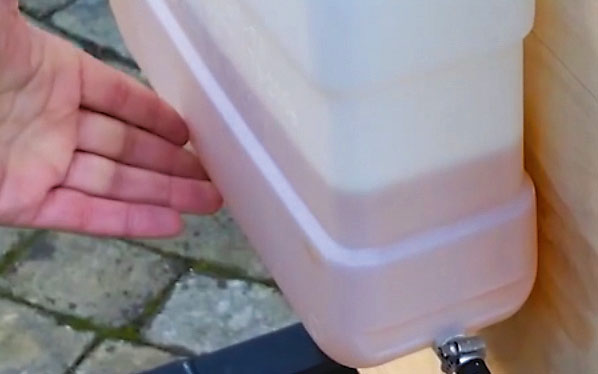Promotional feature in association with GJW Direct. If your diesel engine cuts out it might not be getting the fuel it needs. Rubicon 3's Bruce Jacobs explains how to track down the culprit
One of the most common causes of a marine diesel engine not starting is a fuel problem. If you have engine problems and you have ruled out an electrical issue, you need to start from the beginning and work your way methodically through the fuel system.
1. Out of fuel?
Firstly, does your fuel tank have fuel in it? The fact the gauge is showing something doesn’t necessarily mean that’s the case – gauges can be faulty. You may need a visual check or to dip the tank if you’re not sure.

2. Shut-off valve
Next is the fuel shut-off valve open or closed? If the boat has been stored for the winter or someone else has used the boat it might well be that they’ve closed the fuel shut-off. Make sure it’s open.

3. Primary filter
The first of your system’s two filters, the primary filter removes any larger debris from the fuel and separates out any water mixed with the fuel. Some have glass bowls, making it easy to check for a line that would show where the water and fuel separate. If you have a metal bowl, you will need to drain some fuel off to check for water.

4. Fine filter
The next stage in the fuel process is the fine filter. This is the final stage of protection available to the engine before the fuel makes its way into the high-pressure pump, and it’s here that you’ll often find you need to bleed the engine if it’s run out of fuel previously. If fuel isn’t making it past this filter, it could well be blocked with contamination or diesel bug. Change the filter, pump it full of fuel and bleed the air out.
5. Air in the system
Check your manual to find out where the bleed point is. With a rag, paper towel or fuel soak under the filter, unscrew the bleed to release any trapped air. Pump the manual fuel pump to lift fuel into the filter until clear fuel comes out of the bleed point and there are no more bubbles – it can take a while.
Tighten up the screw, remove any fuel drips, and your engine should be ready to start. If you do get any fuel in your bilges, use a suction pump or fuel soak to collect and dispose of it properly rather than pumping it overboard.

6. Fuel contamination
Whether you have water in your fuel, a lot of debris, or a bad case of diesel bug, there is a technique you can use to get you home. Rather than trying to clean your tanks at sea, you can circumvent your fuel tank, though you shouldn’t bypass the two filters as this could expose your engine to serious damage.
To do this, disconnect the fuel hose between the tank and the primary filter and put it into a jerry can of clean fuel. If you haven’t diverted the fuel return hose from the main tank, you may find the can empties quicker than you expect, so if you have far to go it’s worth doing this too.

GJW Direct offers some of the most comprehensive boat insurance policies on the market, at very competitive prices. With over 175 years in marine insurance, when you insure your yacht with us, you’re dealing with the boat insurance specialists, leaving you free to enjoy your time on the water. For more information, visit: www.gjwdirect.com
With thanks to the experts at rubicon3adventure.com, the UK’s specialists in adventure sailing and training.




